2-Chloropropane
Synonym(s):2-Chloropropane;Isopropyl chloride
- CAS NO.:75-29-6
- Empirical Formula: C3H7Cl
- Molecular Weight: 78.54
- MDL number: MFCD00000867
- EINECS: 200-858-8
- SAFETY DATA SHEET (SDS)
- Update Date: 2025-09-25 17:15:13
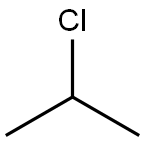
What is 2-Chloropropane?
Chemical properties
Colourless liquid
The Uses of 2-Chloropropane
2-Chloropropane is used as a solvent and an intermediate. It shows anesthetic properties. Further, it is used as an alternative foam-blowing agent. It is used to prepare chlorodiethylisopropylsilane.
Air & Water Reactions
Highly flammable. Slightly soluble in water.
Reactivity Profile
Halogenated aliphatic compounds, such as 2-Chloropropane, are moderately or very reactive. Reactivity generally decreases with increased degree of substitution of halogen for hydrogen atoms. Low molecular weight haloalkanes are highly flammable and can react with some metals to form dangerous products. Materials in this group are incompatible with strong oxidizing and reducing agents. Also, they are incompatible with many amines, nitrides, azo/diazo compounds, alkali metals, and epoxides.
Health Hazard
ACUTE/CHRONIC HAZARDS: Fire hazard: Highly dangerous; when exposed to heat, flame or oxidizers. Explosion hazard: Moderate when exposed to heat or flame.
Fire Hazard
HIGHLY FLAMMABLE: Will be easily ignited by heat, sparks or flames. Vapors may form explosive mixtures with air. Vapors may travel to source of ignition and flash back. Most vapors are heavier than air. They will spread along ground and collect in low or confined areas (sewers, basements, tanks). Vapor explosion hazard indoors, outdoors or in sewers. Runoff to sewer may create fire or explosion hazard. Containers may explode when heated. Many liquids are lighter than water.
Safety Profile
Mutation data reported. A flammable liquid. A very dangerous fire hazard when exposed to heat, flame, or oxidners. When heated to decomposition it emits toxic fumes of Cl-. See also 1 CHLOROPROPANE.
Applications
2-Chloropropane is used in various applications due to its unique properties. Some of its notable applications are:
Solvent:
It is used as a solvent for resins, coatings, and polymers due to its
high solvency power. It is also used in cleaning and degreasing
applications.
Intermediate: It is used as an intermediate in the
synthesis of various organic compounds such as pharmaceuticals,
agrochemicals, and perfumes. It is also used in the production of
alkylating agents and quaternary ammonium salts.
Reagent:
2-Chloropropane is used as a reagent in organic synthesis. It can be
used to introduce a chloro group into a molecule or to prepare other
alkyl halides.
Purification Methods
Purify the chloride with 95% H2SO4 as described for isopropyl bromide, then dry with MgSO4, P2O5 or CaH2, and fractionally distil it from Na2CO3 or CaH2. Alternatively, a stream of oxygen containing ca 5% ozone is passed through the chloride for about three times as long as is necessary to obtain the first coloration of starch iodide paper by the exit gas, and the liquid is then washed with NaHCO3 solution to hydrolyse ozonides and remove organic acids before drying and distilling. [Beilstein 1 IV 191.]
Properties of 2-Chloropropane
| Melting point: | -118 °C |
| Boiling point: | 35 °C |
| Density | 0.859 g/mL at 25 °C(lit.) |
| vapor pressure | 28.11 psi ( 55 °C) |
| refractive index | n |
| Flash point: | −31 °F |
| storage temp. | Store below +30°C. |
| solubility | alcohol: miscible(lit.) |
| form | clear liquid |
| color | Colorless to Light yellow |
| explosive limit | 2.8-10.7%(V) |
| Water Solubility | 3.1 g/L (20 ºC) |
| Merck | 14,5211 |
| BRN | 1730782 |
| Stability: | Stable. Incompatible with strong oxidizing agents, strong bases. Highly flammable - note low flash point. Cool to zero C before opening. |
| CAS DataBase Reference | 75-29-6(CAS DataBase Reference) |
| NIST Chemistry Reference | Propane, 2-chloro-(75-29-6) |
| EPA Substance Registry System | 2-Chloropropane (75-29-6) |
Safety information for 2-Chloropropane
| Signal word | Danger |
| Pictogram(s) |
 Flame Flammables GHS02  Exclamation Mark Irritant GHS07 |
| GHS Hazard Statements |
H225:Flammable liquids |
| Precautionary Statement Codes |
P210:Keep away from heat/sparks/open flames/hot surfaces. — No smoking. P233:Keep container tightly closed. P280:Wear protective gloves/protective clothing/eye protection/face protection. P301+P312:IF SWALLOWED: call a POISON CENTER or doctor/physician IF you feel unwell. P303+P361+P353:IF ON SKIN (or hair): Remove/Take off Immediately all contaminated clothing. Rinse SKIN with water/shower. |
Computed Descriptors for 2-Chloropropane
2-Chloropropane manufacturer
New Products
4,4-Difluoropiperidine hydrochloride tert-butyl 9-methoxy-3-azaspiro[5.5]undecane-3-carboxylate Indole Methyl Resin N-Isopropylurea N,N-Dicyclohexylcarbodiimide(DCC) MELDRUMS ACID 5-METHYLISOXAZOLE-4-CARBOXYLIC ACID Magnessium Bis glycinate Zinc ascorbate 1-bromo-2-butyne 2-acetamidophenol 9(10H)-anthracenone Erythrosin B, 4-Piperidinopiperidine 2-((4-morpholinophenylamino) (methylthio) methylene) malononitrile 2,4-dihydroxybenzaldehyde 3-(4-morpholinophenylamino)-5-amino-1H-pyrazole-4-carbonitrile Methyl 2-methylquinoline-6-carboxylate 2,6-dichloro-4-nitropyridine 4-Bromo-2-chlorobenzonitrile 2-(benzylamino)acetic acid hydrochloride 4-(tert-Butoxycarbonylamino)but- 2-ynoic acid 3,4-dihydro-2H-benzo[b][1,4]dioxepine 1-Phenyl-1-cycloprppanecarboxylicacidRelated products of tetrahydrofuran
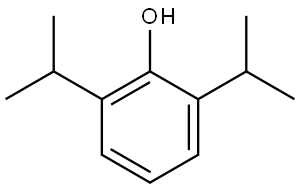



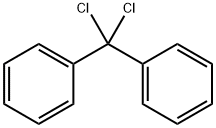
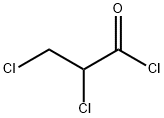
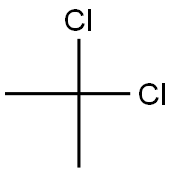

You may like
-
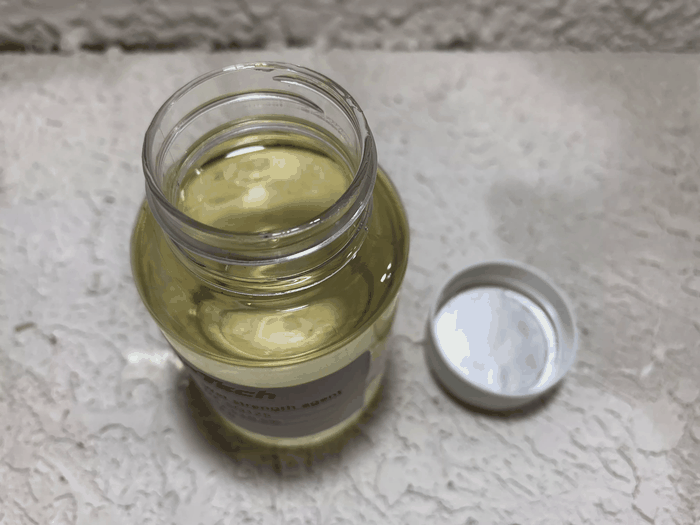 75-29-6 ISO PROPYL CHLORIDE 98%View Details
75-29-6 ISO PROPYL CHLORIDE 98%View Details
75-29-6 -
 75-29-6View Details
75-29-6View Details
75-29-6 -
 75-29-6 99%View Details
75-29-6 99%View Details
75-29-6 -
 2-Chloropropane CAS 75-29-6View Details
2-Chloropropane CAS 75-29-6View Details
75-29-6 -
 2-Chloropropane CAS 75-29-6View Details
2-Chloropropane CAS 75-29-6View Details
75-29-6 -
 Iso Propyl Chloride 98%View Details
Iso Propyl Chloride 98%View Details
75-29-6 -
 20677-73-0 (2,2-diethoxyethyl)methylamine 98%View Details
20677-73-0 (2,2-diethoxyethyl)methylamine 98%View Details
20677-73-0 -
 3-(4-(hydroxyamino)-1-oxoisoindolin-2-yl)piperidine-2,6-dione 98%View Details
3-(4-(hydroxyamino)-1-oxoisoindolin-2-yl)piperidine-2,6-dione 98%View Details
